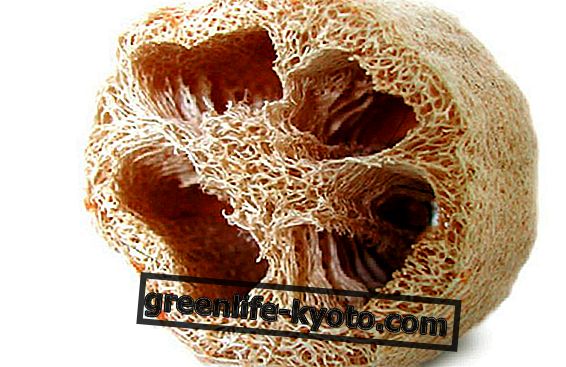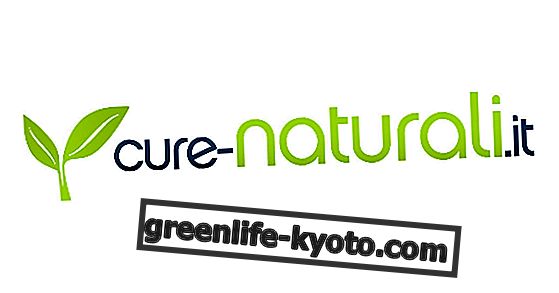
Cervical, a problem with many causes
Speaking of cervical means embracing both the bone and the muscular section, not only local and therefore restricted to the back of the neck which from the back goes up to the base of the nape, but also the neighboring proximal (shoulders, chest, shoulder blades), as well as some sections distal, such as the joints of feet and legs, as well as those of the arms.
Since the cervical is connected to an organized and indivisible whole , taking care of it means taking care of the well-being of the whole body .
In traditional Chinese medicine the cervical tract is associated with the urinary bladder meridian, which runs the entire length of the spine, lateral to the spinous symphysis.
Usually the pain in the cervical is related to invasion of wind, understood as perverse energy, and as such it is treated: the points are pressed at the base of the skull and at the sides of the column in the cervical tract, with slight pressures and counterclockwise rotary movements in dispersion. The points on the shoulders and along the trapezius muscle insertion are also treated.
In analogue medicine there are more possible readings of symptoms for the cervical tract: stiffness is the first and most direct association that is noted .
Fixed thought patterns, excessive dogmatic and tendency to judgment, especially with regard to what is new and unusual, not seeing an alternative and the inability to say yes or no and therefore to choose, can lead to a tightening of the area, to greater reason if the rational part is in contrast with the emotional part .
The neck, and therefore also the cervical tract, suffers from a faulty communication between high and low, between heart and head. The neck becomes stronger to support what the head commands, and stiffens to prevent it from being reached by what the heart suggests. Even excessive rumination can lead to cervical pain: the neck struggles to sustain so much mental work and to transmit it to the arms to make it concrete. And therefore it hurts.
How to take care of the cervical
Preventing and improving cervical pain is possible . It is necessary to follow a mild activity of mobilization of the area, to avoid that the postures become habitual and the extension of the real movement of the interested tract is lost.
Resting in case of acute pain and using specific natural remedies at this stage is recommended, but staying too still does not allow the recovery of the function of joints and muscles.
There are many ways to take care of the cervical, in particular one can act daily before the pain explodes:
> yoga : not all yoga postures are suitable for the cervical, but some asanas can help prevent symptoms and support the neck and posture.
It is necessary to rely on good teachers and not to improvise on your own asanas that you do not know and that affect the neck and the back, even those that are apparently the simplest;
> massages : massage in general helps to relax all the muscles, to relax, and to release tensions on the bands. Even a simple aesthetic massage performed with oils can help the cervical area : however, pay attention that the position with the forehead resting on the bed or with the head turned to the side is not protracted for too long.
The most useful position is the one sitting on a special ergonomic massage chair. Shiatsu and connective tissue massage act directly on pain, without directly treating the direct aching areas.
Also the foot reflexology acts distally. Finally, relying on an osteopathic treatment helps to resolve cervical pain;
> essential oils : decontracting essential oils that heat the area make it possible to lighten the muscular work and dissolve the tensions that cause pain and often exacerbate anatomical postures that cause neck pain;
> nutrition : a diet rich in vitamins, mineral salts, and that excludes or limits pro-inflammatory foods such as sugars, refined flours, processed meats, alcohol, dairy products, and processed foods, can help the general well-being of the organism and therefore decrease the response inflammatory.
There are natural anti-inflammatories that can help in solving cervical pain. It is also useful to take care of one's intestine: often cervical problems originate from poor digestion and reduced intestinal mobility;
> meditation : meditating is good for the whole body and is easy, relaxes the mind and relaxes the nerves. You can meditate comfortably lying down, and thus not stress the column with uncomfortable sitting positions.
Meditating also helps to observe the direct connection between thoughts and the body's response, opening us to a deeper awareness of the functioning of our "machine".













